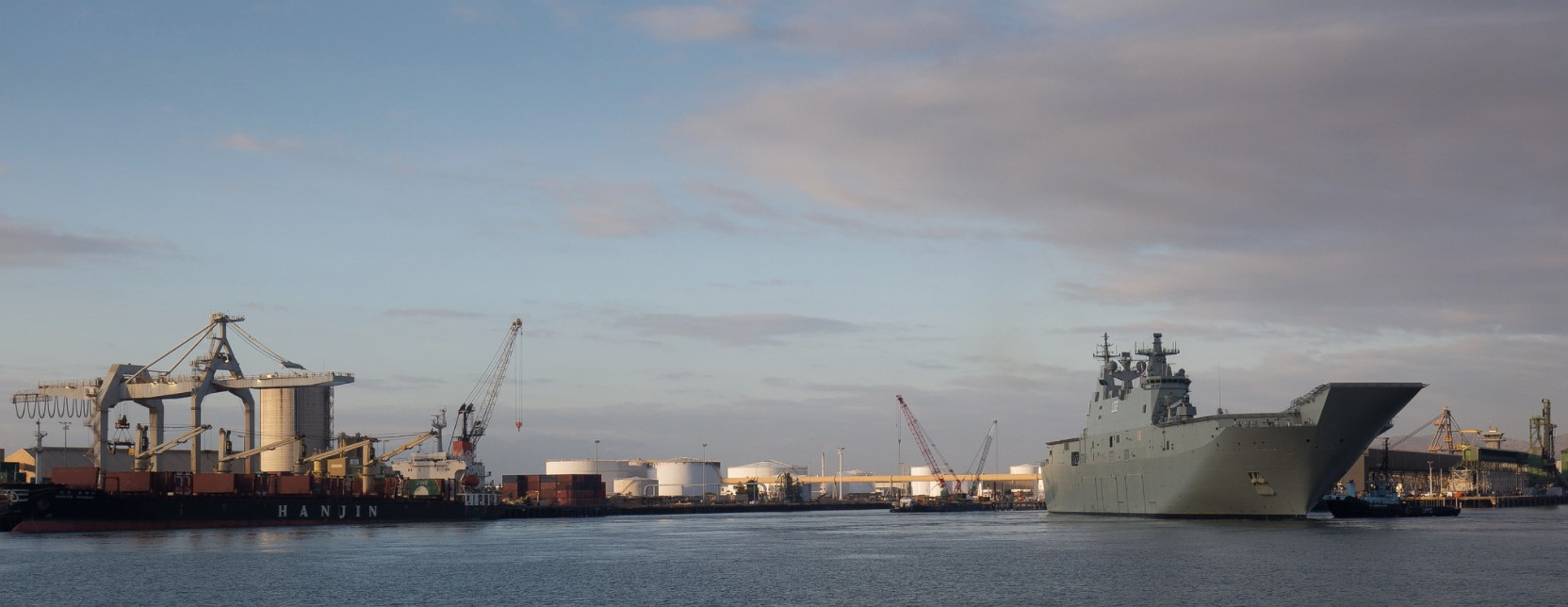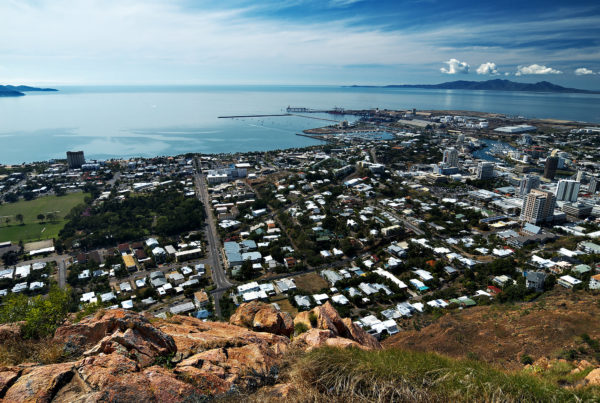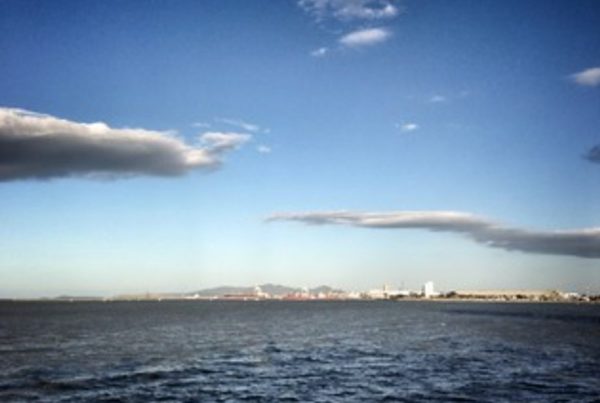THE RAILWAYS GO TO WAR
World War 2
Overview
I didn’t know a lot about what happened with the Railways over the six years of World War 2 (WW2). The little I had read was that their infrastructure was totally worn down during the conflict.
So, what did happen with the railways in WW2?
Well certainly what was different from peacetime was that railway systems, such as the New South Wales Government Railways (NSWGR), had to manufacture and assemble a wide variety of defence equipment, using skills and tools usually employed for building and repairing locomotives and rolling stock. During the War, the NSWGR made machine tools, jigs and gauges; shells; radar antennae; tanks; aircraft parts; gun barrels, shields and brackets; military and hospital tents; collapsible canvas water tanks; haversacks and kit bags; gun covers and over 4,000kms of rope to name a few things the workshops across Australia made during WW2. Yet they still had to maintain their locomotives and rolling stock, expected to perform well beyond peacetime limits, while building and modifying wagons to transport military supplies. Beaufort Torpedo Bombers were assembled at Chullora Railway Workshops in 1942. State government and private engineering firms, co-ordinated by the Federal Government, worked together to meet Australia’s defence needs and create mass production, on a nation-wide scale. The military materials and articles required a higher degree of complexity and accuracy than had ever been attempted in Australia. While the railways were not structured to carry out this sort of collaborative effort, they did their best in the circumstances especially when the War moved to Australia’s doorstep.
After the coordinated strategic Japanese attacks on Pearl Harbour, Singapore and then Darwin, Australia military planners were in a massive state of shock and so was the population and Commonwealth and State Governments. Most industry around Australia depended on coal as did much of the population domestically. Australia was deficient in petrol and diesel fuel, leaving the overseas supply lines for powering motor vehicles and planes highly vulnerable. Trains such as the Silver City Comet and railmotors were also open to interdiction of their oil supplies at sea. The realities of war started to bite when Britain applied pressure on the Australian Government to reduce petrol consumption in order to assist with Britain’s foreign exchange problems. For a country that was entirely dependent on imported petrol, Australia did not have sufficient petrol storage to carry it through any long-term disruption to supply. It was obvious that the steam railways would be the core of civilian and military transport in war. Defence Department identified railway workshops that could be turned to munitions production and other tools of war like planes and tanks.
Australia had placed itself in a dangerous position defence-wise through the 1930s. It had relied on British manufactured goods so heavily that Australian manufacturing remained underdeveloped, leaving the country without a firm economic base approaching WW2. Only months before the outbreak of the War, the Australian and British Governments reached agreement that the whole Australian wool clip would be purchased by the United Kingdom for the duration of any war. This would have implications for the railways in cartage to port as the British forces would urgently need copious woollen clothing for fighting in the approaching Northern European Winter.
A scheme was adopted that provided for 21 armament annexes associated with State Government undertakings, especially railway workshops, and private factories to be established should war occur. Major emphasis was placed on the manufacture of fighter aircraft with the Defence Department assembling parts made mainly by State Railway Workshops. Another priority that was pursued was to produce petrol from oil shale at Newnes and Glen Davis in Central NSW. However, it was not until August 1940, a year after war had broken out, that the production of petrol commenced – a product very much dependent on rail transport. In many areas where railways might need relief, roads were fit for only the lightest motor traffic. Even major highways had not been constructed for long-distance heavy haulage which was commonly restricted by legislation to prevent competition with State-owned railways.
There were inherent features of Australia’s railway systems which presented obvious difficulties for satisfactory defence transport. Not only did gauges range from 3 feet 6 inches to 5 feet 3 inches, but locomotives and rolling stock varied in type and power from one State to another. Further, the load to be carried could not be constant either in quantity or weight except over specified lines within a single State. When resources had to shift quickly across long distances from manufacturing and population centres to defence outposts, these impediments would dog Australia throughout the War and shock and frustrate the American forces from when they arrived.
Meanwhile, restrictions on road transport through petrol rationing meant that those affected turned to the railways. There were growing demands, also, from the munitions program and troop movements. But this was all steady as you go – suddenly everything changed with the shock bombing of Pearl Harbour. The massive attack meant that the United States was, unreservedly, a full fighting ally in the Pacific whereas, up to this point, it had only been Britain and its Empire countries. The enemy was powerful and in the first dark weeks Japan’s southward advance seemed frighteningly irresistible – the new ally’s Pacific battle fleet had been decimated. Suddenly, in 1942-43, Australia’s defence expenditure rocketed to 36.8 per cent of GDP.
The threat Australians felt was immediate and terrifying. At this moment, Australia stood alone and its own efforts would determine whether the final outcome would be defeat or successful defiance. Now it was war in the Pacific with its uncompromising challenge, which swept away the barriers and shattered the resistances and reservations to going on a Total War footing. As discordant as the railway systems were, almost having been constructed by States not to mesh in with their neighbours to prevent siphoning of trade – the systems had to be made to work a lot better for the nation’s sake.
Queensland Railways in the War Zone
In Queensland, a major logistical hotspot of the War, the story was the same with investment in the Railways having all but dried up leading into the War. This had major repercussions when Japan entered the global conflict and suddenly there was perceived to be a serious threat of invasion. There was even talk of abandoning everything north of the ‘Brisbane Line’ (basically the NSW/Queensland border) and concentrating the fight on defending the industrialised South-East. No matter what the strategy, it was obvious that troops had to be moved north to the War Zone, while Australia also became the closest safe supply base for the Allies in the Pacific.
During the 1920s and 1930s Queensland developed as one of Australia’s important food producing regions, especially for sugar, bananas, fruit and vegetables, meat and dairying. However, the outbreak of the War saw many rural workers enlist in the services, causing shortages in production. During 1943, heavy demand for beef from the growing number of Allied service personnel stationed in North Queensland outstripped supply from the region’s meatworks. A rocketing demand for canned meat for combat troops accentuated the critical supply situation. Two large Army-operated meatworks and cold storage facilities were established at Mount Isa and Charters Towers. However, this required large mobs of cattle to be railed from Western Queensland on a rail system stretched way beyond peace-time capacity. The frozen beef had to then be transported by rail to Townsville to Australian and US forces. At Townsville and other coastal areas, the threat from the Japanese had become so great with code breaking indicating at one stage that the enemy was planning to mount a 300-plane attack on the northern centre, that schools were closed down and many women and children railed to safer centres inland or south. Meanwhile, the forestry and timber industries were among the first in Australia to be declared essential services in an attempt to exempt loggers, saw millers and carpenters from military conscription. However, the large enlistment of Queensland bush workers meant that the supply of timber from the northern rainforests fell just as demand for defence purposes increased. In the middle of the War, this demand was met by the mass production of pre-cut buildings by the American forces for bundling together in Brisbane and forwarded by rail to operational areas like Townsville for assembly. The Railways Department also placed heavy demands for sleepers. Cairns had long been the centre of north Queensland’s timber milling industry. From mid-1942, the town’s sawmills and furniture factories operated full-time on defence works. A timber product in great demand was three-ply veneer, manufactured in sheets cut from large kauri pine logs from the hinterland which were delivered to Cairns by rail. This traffic multiplied several-fold as the plywood was used locally in the manufacture of everything from bunk beds and prefabricated huts to barges, landing craft and aircraft propellers.
With large concentrations of troops at military camps throughout North Queensland, there was an increased demand for fruit and vegetables. While efforts were made to grow much of this locally, considerable quantities had to be shipped from the South by rail even from as far as Victoria. Southeast Australia’s rail system was further stretched, as it was already hauling heavy consignments of troops and munitions, as well as non-perishable foodstuffs to Queensland and the Northern Territory. As rail transit time from Melbourne to North Queensland was seven to eight days, it was challenging for the State railway systems to ensure that fruit and vegetables arrived in edible condition. Another chokepoint for the Queensland Railways was in sugar production where the over-zealous internment of the many Italians in the industry, coupled with an overloaded rail system handling other critical demands, held up cane supplies to the sugar mills and the refining of raw sugar. To make up for labour shortages in this and other areas of food production in the North, hundreds of volunteers who had enlisted in the Women’s Land Army were put on trains and headed North to help out in growing food to supply concentrations of up to 90,000 Australian and American military personnel. From December 1942, the headquarters of the Australian Army in North Queensland was transferred from Townsville to the Atherton Tableland. This was only the beginning of further pressure on the Queensland Railway network. Soon, a huge schedule of construction work commenced in building camps, stores, bakeries, mess kitchens, jungle training facilities, entertainment halls, sewage plants, army farms and a war cemetery, most materials having to be shipped in by rail. At its peak the region’s new hospital complex included a convalescent depot of 1000-bed capacity and two general hospital units, each with 1200-beds generating a large passenger traffic and use of ambulance cars.
Meanwhile, in South East Queensland, in 1940 large orders for the manufacture of shells and grenade casings were placed with Ipswich Railway Workshops which eventually produced a huge quantity of munitions. Once produced, the Railways had the job of transporting the armaments. At the same time, Queensland Railways was working flat out handling the increased output of the West Moreton coalfield near Ipswich in the production and transport of coal for power generation, metal smelting and meeting its own massively increased locomotive demand. Further North, with the threat to coastal towns and military depots, enlarged fuel and munitions storages were shifted inland to Charters Towers and as far as Hughenden to be beyond the reach of Japanese aircraft. However, this put further pressure on the transport task for Queensland Railways, coupled with the establishment of large troop training and billeting areas at Kuranda and the Atherton Tablelands.
As a result of these heroic War efforts, the Queensland Railways as with its interstate counterparts ended the conflict in a rundown condition with a huge backlog of repairs that took years to restore. The railways played a far great role than they would have ever have expected to play in the desperate struggle for survival during WW2 they not only helped to produce everything from Grenades to fighter aircraft but they had to transport everything across our vast continent




